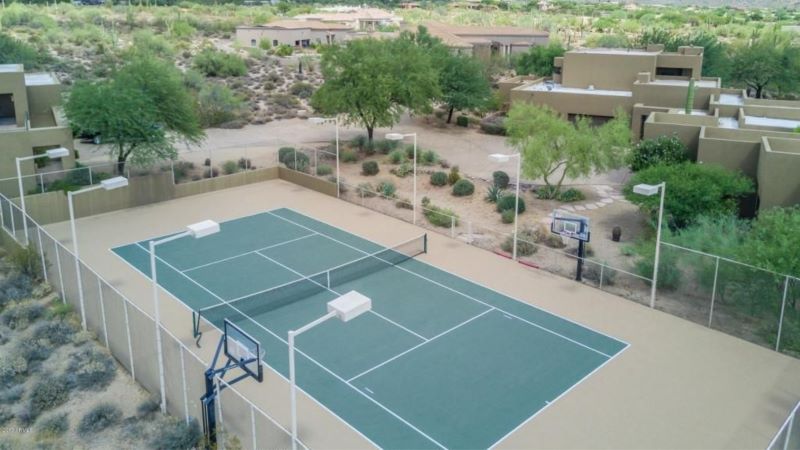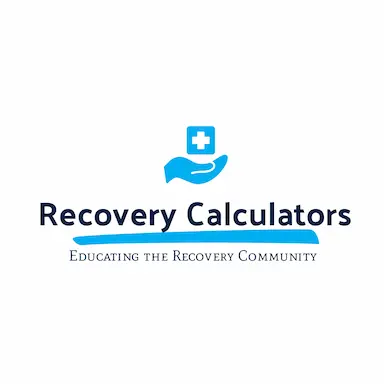Alcohol consumption laws vary widely across the globe, reflecting cultural, legal, and public health priorities. For many young people, reaching the legal drinking age marks a significant milestone.
However, the minimum legal drinking ages (MLDA) differ by country, with some nations allowing alcohol consumption as early as 16, while others restrict it until 21 or even prohibit it entirely. This article explores the history of the legal drinking age in the United States, the youngest drinking ages worldwide, and the current global landscape of alcohol laws.
Questions answered in this article:
Our Addiction Treatment Centers

Scottsdale Rehab
Luxury Personalized Rehab

HART Rehab
Holistic Luxury Personalized Rehab

Scottsdale Detox
Luxury Medical Detox
What is the Legal Drinking Age?
The legal drinking age, also known as the minimum legal drinking age (MLDA), refers to the minimum age at which a person is legally allowed to purchase and consume alcohol. In many cases, this age applies to the purchase of alcoholic beverages in public settings.
However, private alcohol consumption by minors is sometimes allowed under supervision or with parental consent. Laws often differentiate between:
- Age for buying alcohol at a store
- Age for drinking alcohol in a bar or restaurant
- Age for the consumption of alcoholic beverages at home
It’s also common to see different regulations for beer and wine versus spirits.
Why Do Legal Drinking Ages Vary?
The primary reason for setting minimum drinking ages is to reduce harm from alcohol use among young people. Research shows that higher legal drinking ages correlate with fewer traffic fatalities, reduced alcohol dependence, and lower rates of risky behaviors.
Cultural and Religious Norms
Cultural attitudes toward alcohol strongly influence legal drinking ages. In countries with strong religious prohibitions against alcohol, legal drinking ages may be higher or alcohol may be banned entirely. Conversely, in nations where alcohol is integrated into social and family life, younger drinking ages are common.
Legal and Political Factors
The balance of federal and state or regional powers influences drinking age laws. For example, the National Minimum Drinking Age Act (NMDAA) of 1984 in the United States used federal highway funding as leverage to standardize the drinking age at 21, even though the federal government cannot directly mandate state drinking ages.
Practical Enforcement
The effectiveness of minimum drinking age laws depends on enforcement. Some countries face challenges in controlling the supply of alcohol to minors, especially where cultural norms are permissive or enforcement resources are limited.
Legal Drinking Age Per Country by Region
Here’s a breakdown of the minimum legal drinking ages of some countries across the globe. Keep in mind that some countries have no official minimum, while others make exceptions for private use or certain alcohol types.
North America
- United States: 21 (nationwide due to federal law)
- Canada: 18 or 19, depending on the province
- Mexico: 18
Europe
- Germany: 16 for beer and wine; 18 for spirits
- France: 18 for all alcoholic beverages
- United Kingdom: 18 to buy alcohol, but 16+ can drink with a meal and adult supervision
- Spain: 18
- Italy: 18
- Greece: 18
- Ireland: 18
Asia
- Japan: 20 years old
- China: 18
- South Korea: 19 (Korean age system, often aligns with international 18)
- India: Varies by state, ranging from 18 to 25.
- Indonesia: 21
- Thailand: 20
- Philippines: 18
Oceania
- Australia: 18
- New Zealand: 18
- Fiji: 18
- Marshall Islands: 21
- Palau: 21
South America
- Brazil: 18
- Argentina: 18
- Paraguay: 20
- Chile: 18
- Jamaica: 18
- Venezuela: 18
Africa
- South Africa: 18
- Egypt: 21
- Ethiopia: 21
Middle East
Many Islamic countries prohibit alcohol entirely or restrict it to non-Muslims:
- Saudi Arabia: Alcohol banned
- Iran: Alcohol banned for Muslims
- UAE: Legal for non-Muslims aged 21+
The Oldest and Youngest Drinking Ages in the World
Countries with the Lowest Legal Drinking Ages
Globally, the minimum legal drinking ages range widely. Many European countries set the legal age at 16 or 18, with some having tiered systems based on the type of alcohol:
- 16 years old: Countries like Austria, Belgium, Spain, and some regions in Germany allow young people to consume beer and wine at 16, though spirits often require a higher age limit of 18.
- Germany’s Tiered System: Beer and wine may be legally consumed at 16, while spirits require the individual to be 18.
- Great Britain: Children as young as five may consume alcohol beverages at home under adult supervision, though the legal age to purchase alcohol is 18.
Countries with No Legal Drinking Age
Some nations have no formal minimum drinking age. For example, Armenia, Cambodia, and Morocco do not legally restrict the age at which individuals may consume alcohol, although restrictions on purchasing alcohol may still apply. In practice, this means that many young people can access alcohol relatively freely, though cultural norms and enforcement vary.
Highest Drinking Ages and Restrictions
At the other end of the spectrum, some countries enforce much higher drinking ages:
- 25 years old: Certain regions in India have set the minimum drinking age as high as 25.
- 21 years old: Besides the United States, countries like Kazakhstan and Micronesia maintain 21 as the legal age to purchase and consume alcohol.
- 20 years old: Japan and Iceland set their legal drinking age at 20, reflecting concerns about youth drinking and public health.
Countries with Alcohol Prohibition
Several Muslim-majority countries ban alcohol consumption altogether or impose strict regulations, including Afghanistan, Saudi Arabia, and Bangladesh. Laws may differ for Muslim and non-Muslim residents, and enforcement varies.
History of the Legal Drinking Age in the United States
Following the repeal of Prohibition in 1933, most U.S. states set the legal drinking age at 21. However, during the early 1970s, a wave of social change influenced many states to lower their minimum legal drinking ages to 18, 19, or 20.
This shift was partly driven by the lowering of the voting age to 18 through the 26th Amendment. This led to arguments that if young people could vote and serve in the military, they should also be allowed to consume alcohol.
When Did the Drinking Age Change to 21 Again?
The lowered drinking ages, however, coincided with a rise in traffic crashes and fatalities among young drivers. This alarming trend prompted public health advocates and organizations to campaign for raising the drinking age back to 21 to reduce drunk driving and improve road safety.
In response to these concerns, the United States Congress passed the National Minimum Drinking Age Act (NMDAA) in 1984. This landmark legislation did not directly set a federal drinking age. Instead, they incentivized states to adopt 21 as the minimum age for purchasing alcohol by threatening to withhold 10% of federal highway funds from states that failed to comply.
This approach respected states’ rights while effectively creating a national minimum legal drinking age (MLDA) of 21. By 1988, all states had raised their legal drinking age to 21.
Impact of Legal Drinking Age on Public Health
The minimum legal drinking age (MLDA) is closely linked to public health outcomes. Research shows that higher drinking ages often result in:
- Fewer alcohol-related car crashes
- Lower binge drinking rates among teens
- Decreased alcohol dependency in early adulthood
The consumption of alcoholic beverages before 21 has been linked to long-term health risks, including liver damage, mental health disorders, and academic decline. Additionally, early exposure to alcohol can also increase the risk of developing alcohol use disorder.
As research continues, debates about the appropriate legal drinking age (MLDA) and youth drinking policies will persist, but the goal remains clear: to protect young people from underage drinking and promote responsible alcohol consumption worldwide.


